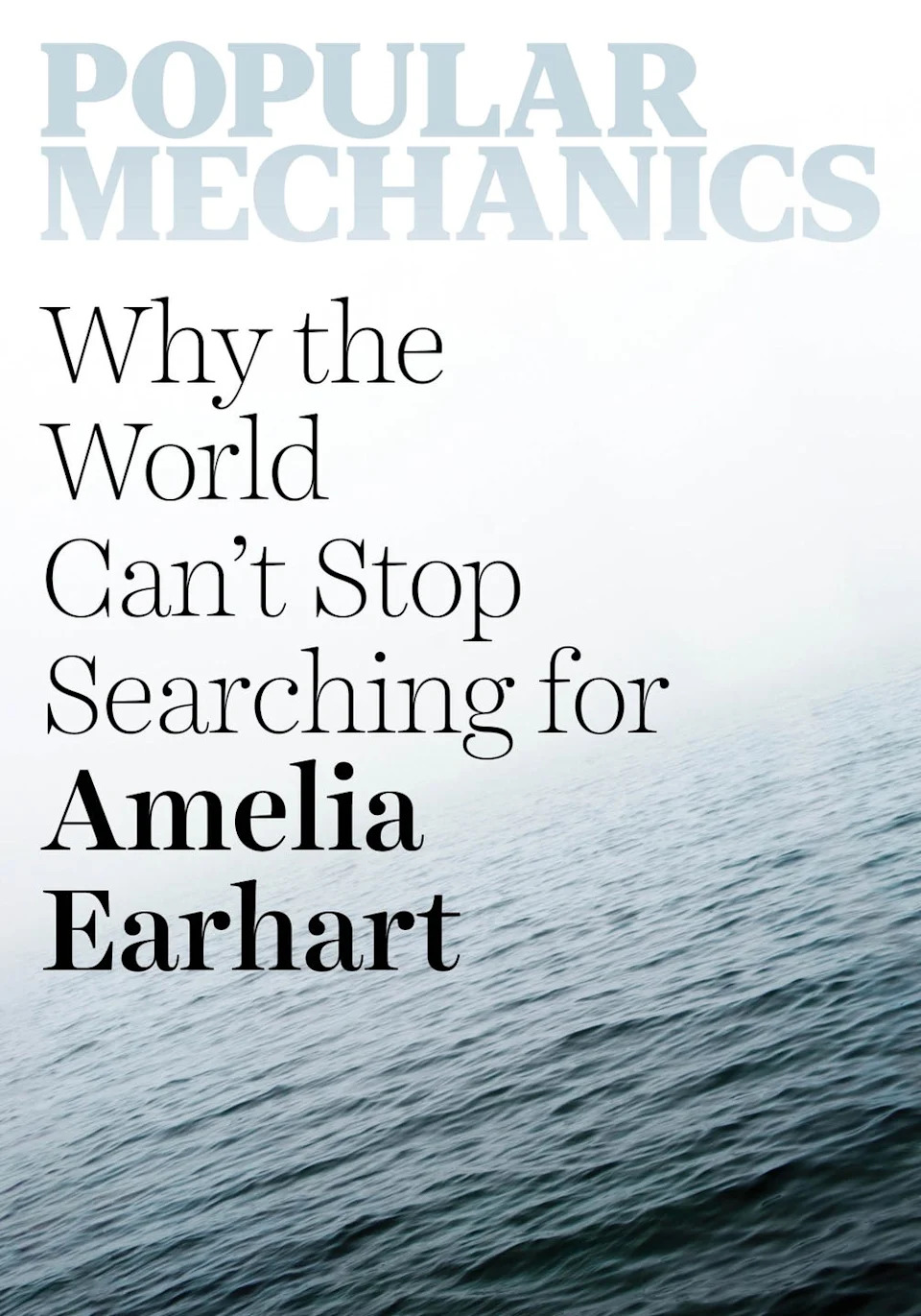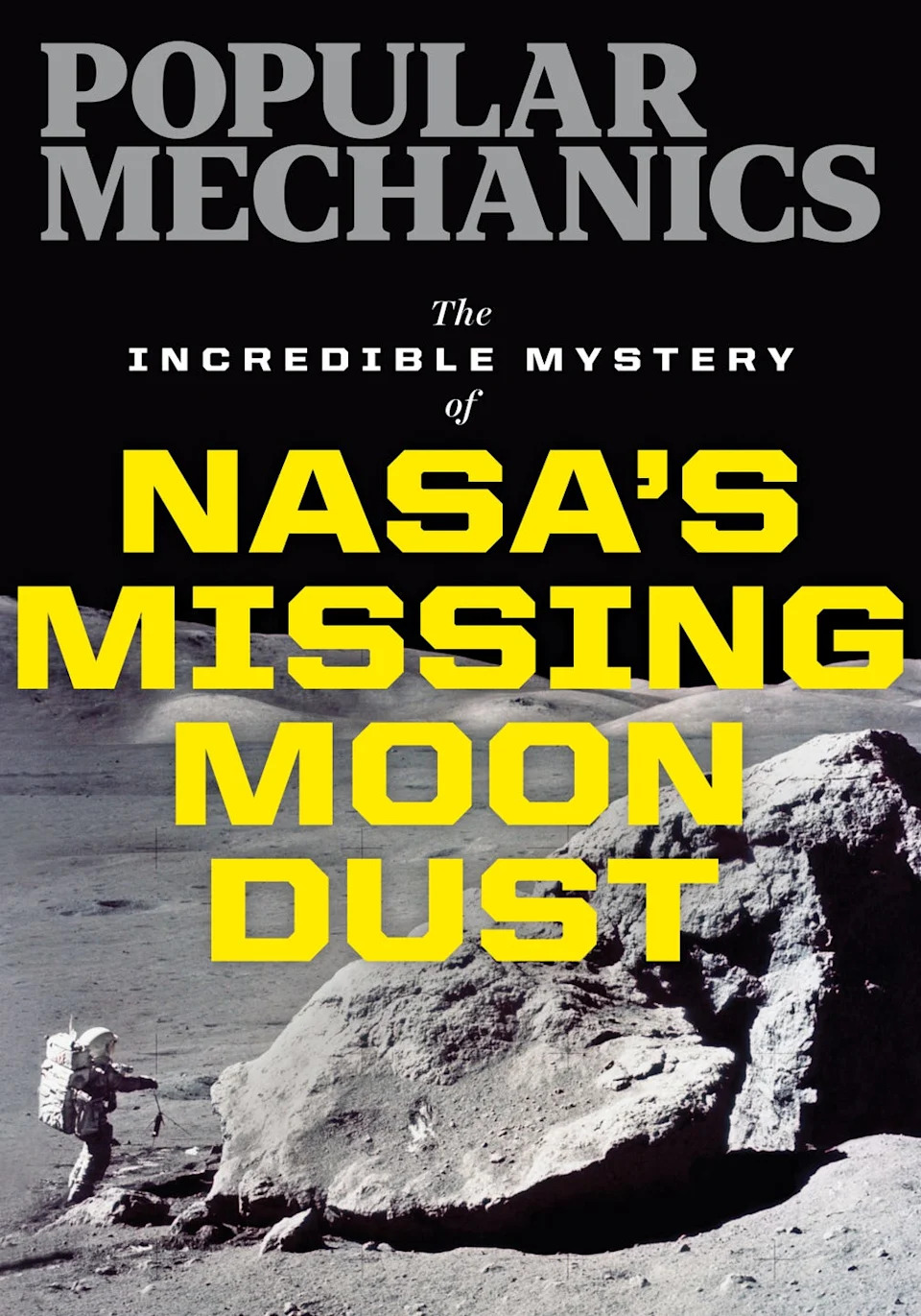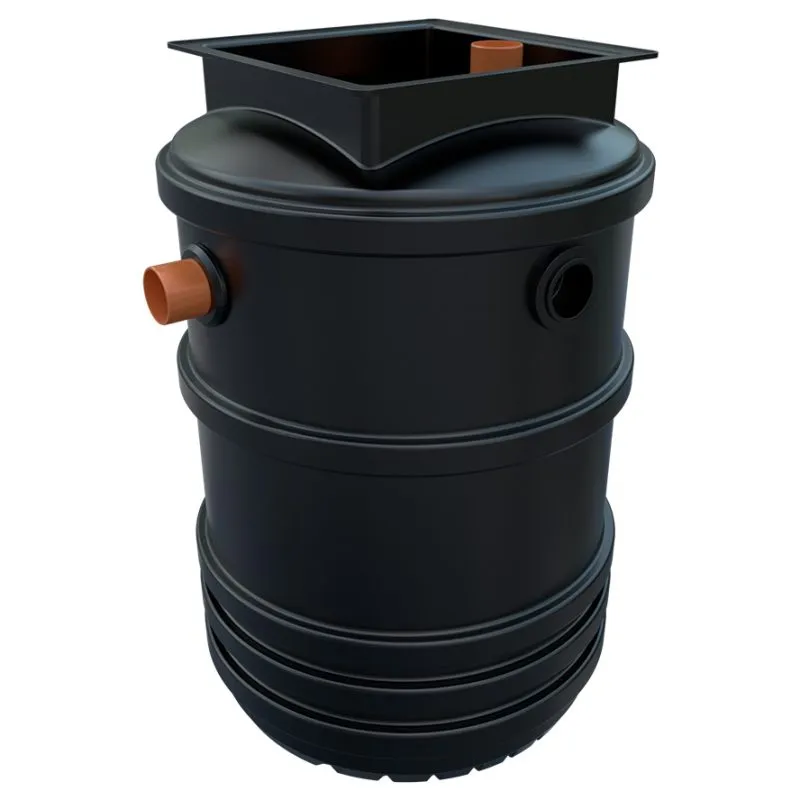Archaeologists Found a 5,000-Year-Old Walled Oasis Hidden in the Desert
Here’s what you’ll learn when you read this story:
Researchers confirmed a total of six different fortified walls surrounding a network of oases in the northwest Arabian Desert.
The oldest wall is upwards of 5,000 years old, with some new finds dating back 4,000 years.
Experts claim the walls show community structure, not just a defensive mindset.
Researchers discovered that an Arabian Desert oases environment had a full network of walled fortifications over 4,000 years ago, not only showing off defensive insight, but also socioeconomic development of an expansive Arabian Peninsula civilization.
A new study published in Antiquity confirmed four new walled oases coming as part of a network that now boasts six confirmed walled oases structures in the northwest Arabian complex. “The recent identification of a walled oases complex in northwest Saudi Arabia signals a radical shift in our understanding of the socioeconomic evolution of this vast, largely unexplored region,” the study authors wrote.
 Photo credit: Hearst Owned
Photo credit: Hearst OwnedGet the Issue
 Photo credit: Hearst Owned
Photo credit: Hearst OwnedGet the Issue
 Photo credit: Hearst Owned
Photo credit: Hearst OwnedGet the Issue
 Photo credit: Hearst Owned
Photo credit: Hearst Owned Get the Issue
 Photo credit: Hearst Owned
Photo credit: Hearst OwnedGet the Issue
 Photo credit: Hearst Owned
Photo credit: Hearst OwnedGet the Issue
 Photo credit: Hearst Owned
Photo credit: Hearst OwnedGet the Issue
 Photo credit: Hearst Owned
Photo credit: Hearst Owned Get the Issue
 Photo credit: Hearst Owned
Photo credit: Hearst OwnedGet the Issue
A walled oasis protected not only the critical water source, but settlements within, likely full of goats and sheep, as well as crops of grains, fruit trees, and even date palms. “Outer walls, serving as a display of power as well as a means of protection,” the authors wrote, “required substantial investments form local populations not only for their initial construction but also for maintenance and modification over time.”
Archaeologists already were aware of walled structures at Tayma and Qurayyah, but the experts confirmed four more—first Khaybar in 2024, and now Dumat al-Jandal, Hait, and Huwayyit. The team used satellite imagery and then field visits to understand more about the newly confirmed walled structures.
With some of the fortifications as old at 5,000 years—and some of the newly confirmed structures roughly 4,000-years-old—the network surrounds at least 10 oases. The experts believe the extensive nature of the walls show that it wasn’t nomads dominating the area, instead settled communities looking to take ownership of the vital wells of water to keep humans and livestock alive, all while developing an agricultural system that featured cereals, fruits, and dates.
The mudbrick walls didn’t just provide protection. “The walled oasis is not just defensive,” the authors wrote. “It represents a model of socioeconomic development that marks the takeover of a rural landscape by a political entity.”
Some of the newest mudbrick fortifications still stretch up to five miles in length and over six feet in thickness.
The 2025 study comes on the heels of the same research team highlighting the confirmation in a 2024 study of the Khaybar Oases via the Journal of Archaeological Science: Reports, according to a statement from French National Centre for Scientific Research. When confirmed, it was considered one of the two largest in Saudi Arabia. At points, this nine-mile walled section was over 16 feet tall and between 5.6 and 7.9 feet thick. Preserved at a little less than half of its original length, researchers believe it enclosed a rural and sedentary territory from about 2250 to 1950 B.C.
“While the study confirms that the Khaybar Oasis clearly belonged to a network of walled oases in northwestern Arabia, the discovery of this rampart also raises questions regarding why it was built as well as the nature of the populations that built it,” the team wrote in 2024, “in particular their relations with populations outside the oasis.”
The research team wrote in the new study that the continual finds of fortified oases settlements show the desert civilization was more complex than originally anticipated and varied greatly from one community to the next.
 Photo credit: Hearst Owned
Photo credit: Hearst OwnedGet the Guide
 Photo credit: Hearst Owned
Photo credit: Hearst OwnedGet the Guide
 Photo credit: Hearst Owned
Photo credit: Hearst OwnedGet the Guide
 Photo credit: Hearst Owned
Photo credit: Hearst Owned Get the Guide
 Photo credit: Hearst Owned
Photo credit: Hearst OwnedGet the Guide
 Photo credit: Hearst Owned
Photo credit: Hearst OwnedGet the Guide
 Photo credit: Hearst Owned
Photo credit: Hearst OwnedGet the Guide
You Might Also Like
The Do’s and Don’ts of Using Painter’s Tape
The Best Portable BBQ Grills for Cooking Anywhere
Can a Smart Watch Prolong Your Life?













